
Indoor plants add a sense of life to any room. A dull furniture set immediately becomes more colorful with hanging plants or potted flowers on a side table. Especially at a lake house, bringing the outdoors in is a relevant trend. It allows natural lakeside scenery to integrate into your home decor seamlessly. Plus, the beauty of indoor plants is that you aren’t bound by gardening zones.
Indoors, you can engineer the environment for them to grow. However, it would be best if you still considered seasonality for house plant care. As the seasons change, so do plants’ needs. For this season, check out these fall indoor plants to maintain your lake house’s bright, happy atmosphere.
Red Aglaonema

Red aglaonema is one of the most colorful house plants with a green base. Its varying shades of red and pink add color variation to fall’s typical orangey-brown tones. Plus, it’s simple to care for this slow-growing plant that only requires indirect sunlight. That ability to use lower light environments makes it perfect for a home office.
If you’re working from your lake home during COVID-19, keep in mind that office plants have tons of psychological benefits from stress reduction to increased creativity. If you’re new to plant care, this is the perfect, low-maintenance addition to your lake home.
Snake Plant
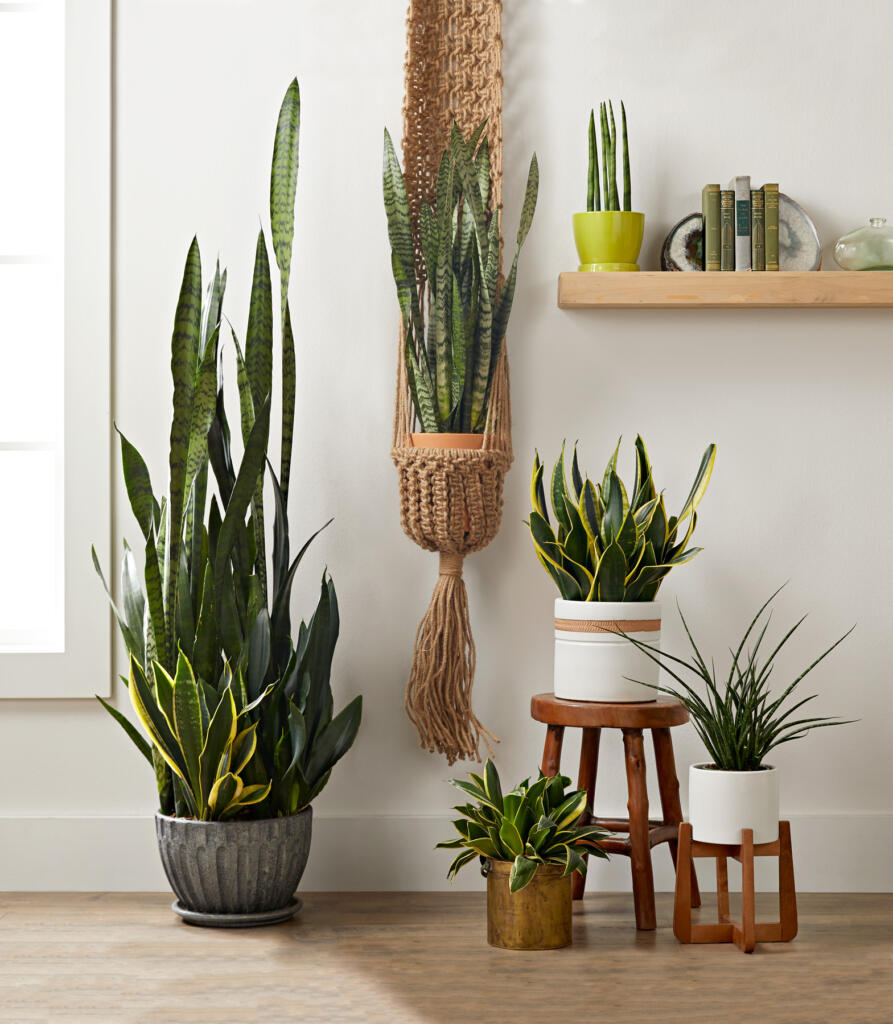
Of all fall indoor plants, this one might be the easiest to grow. As a succulent, it tolerates low light and is quite forgiving towards forgetful owners. It’s considered a plant of steel due to its hardiness. This trait makes it perfect for a second home like a lake house, where you won’t be readily available for plant maintenance.
Snake plants are also strikingly beautiful with a combination of yellow, light green, and dark green. Additionally, it’s an unintrusive floor plant because its thick leaves grow upright. Like aglaonemas, they require indirect sunlight so you can place them in most rooms of your lake home — provided it’s not a pitch dark basement.
Amaryllis
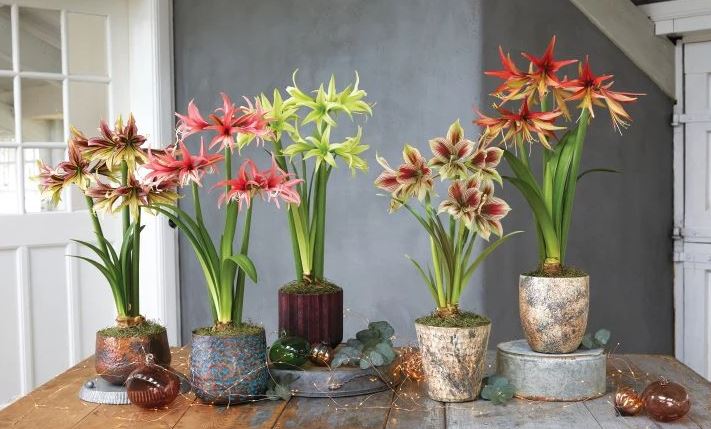
When it’s cold outside, and trees are bare, the amaryllis’s red, white, and pink shades add a rare vibrancy to your selection of fall indoor plants. Its colors also bring out a festive, decorative flare during cold-weather holidays like Thanksgiving and Christmas.
To grow them, pot the bulbs yourself and keep the soil damp but not wet. However, growing the bulb in water is also an option. Whichever you choose, remember to plant your amaryllis in a heavy pot. If the pot is too lightweight, the flower will keel over once it grows to full size.
Goldfish Plant
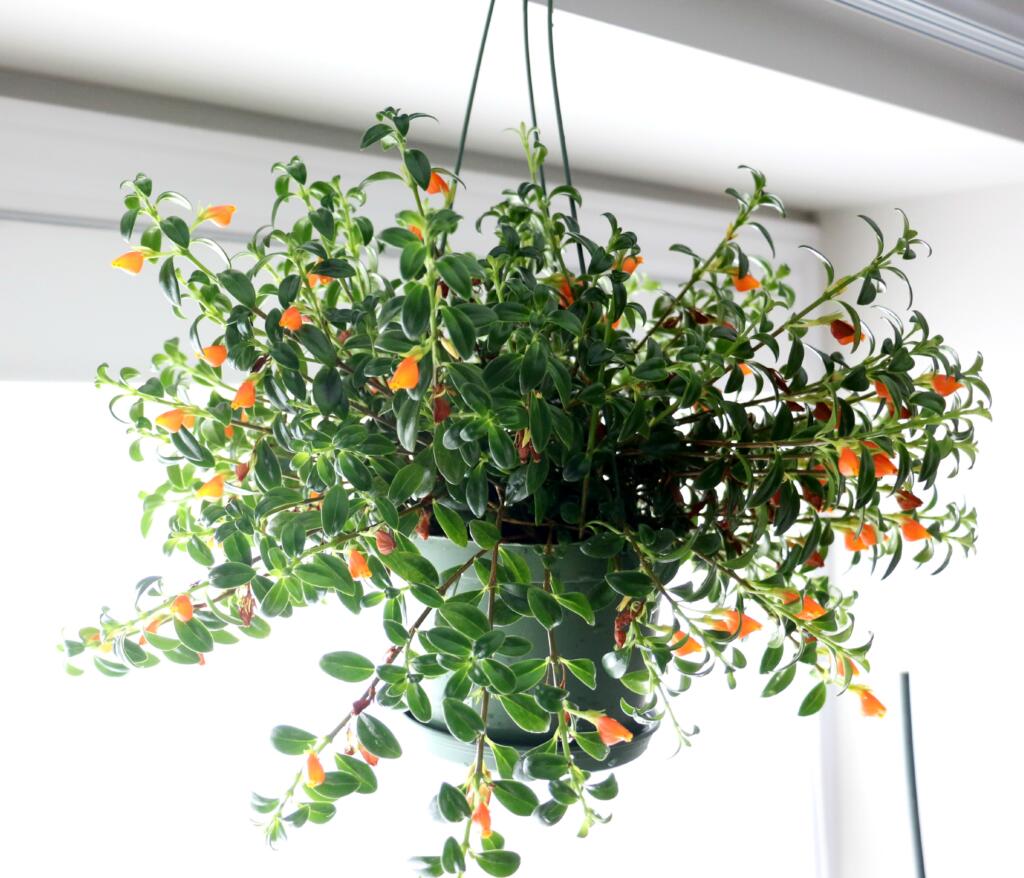
Native to Mexico, Brazil, and Costa Rica, this house plant comes in 25 different types. Its name comes from the bright orange blooms that resemble goldfish among tiny dark leaves. These colorful blooms are most vibrant in the summertime. However, they’ll keep their fiery tone in the fall, as long as you care for it properly.
To keep your goldfish plant alive, place it in bright but not direct sunlight with some humidity. Because of its curved leaves, it looks attractive as a hanging plant.
Aloe Vera
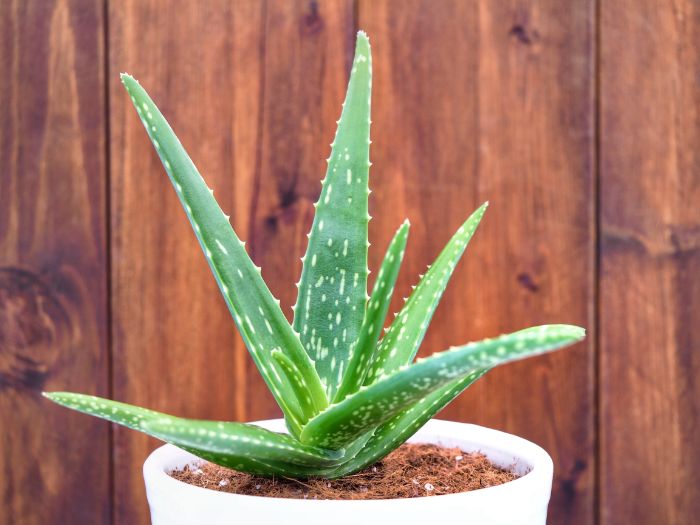
You may think of aloe vera only in relation to sun protection. However, its status as one of the best fall indoor plants shouldn’t be ignored.
As a succulent, it’s tough and requires little water to stay alive. Mostly, it just needs indirect sunlight, making this plant perfect for your lake house’s kitchen or den.
Although its juices can aid in healing cuts and burns, be sure not to ingest this plant as its toxicity can cause nausea and indigestion.
Christmas Cactus
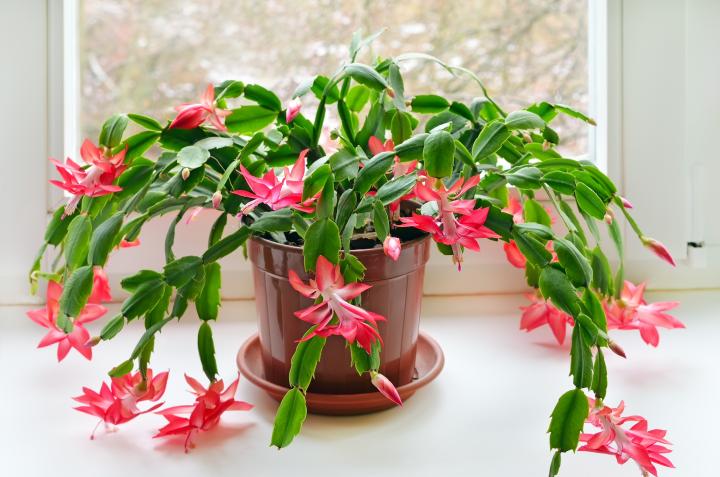
As indicated by its name, the Christmas cactus’ beautiful colors will help you start celebrating the winter holidays. These tubular, bright blooms will be a perfect addition to your windowsill this fall.
Unlike typical cacti, this plant isn’t native to arid environments. It’s native to the rainforests in Brazil. Since they’re accustomed to humid environments like this, you’ll need to water more regularly.
Croton Plant
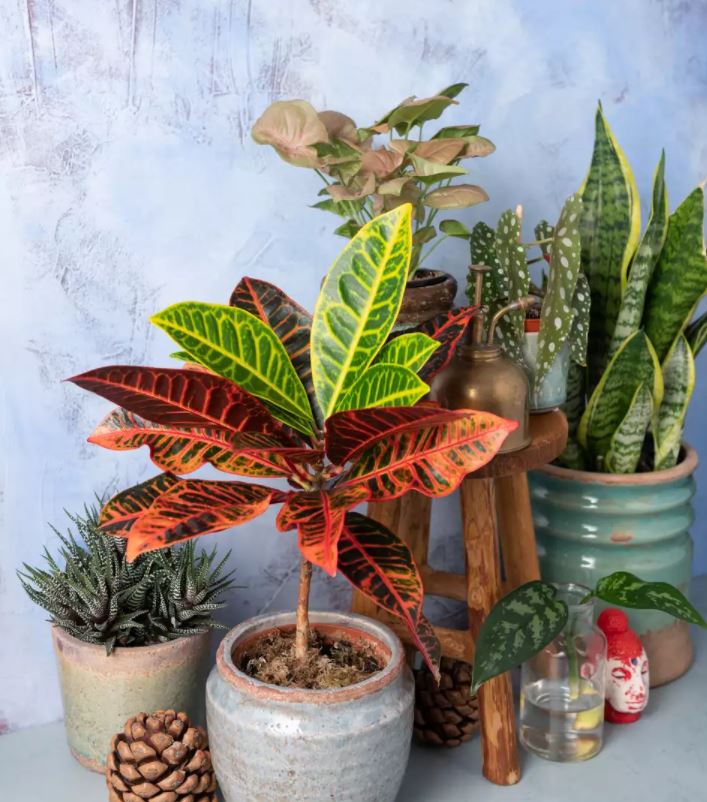
When it comes to fall indoor plants, the Croton plant is a particularly fun choice. Usually grown outdoors in tropical climates, it also makes a great houseplant. The shades of dark gray, orange, and yellow create a whimsical yet striking look.
Because it’s native to a tropical environment, it dislikes humidity. Keeping the plant on a pebble tray and regularly misting it should do the trick! Also, it’s crucial to avoid moving the Croton plant if possible. It doesn’t like being transferred to new environments, and doing so will result in leaf loss.
Rubber Tree
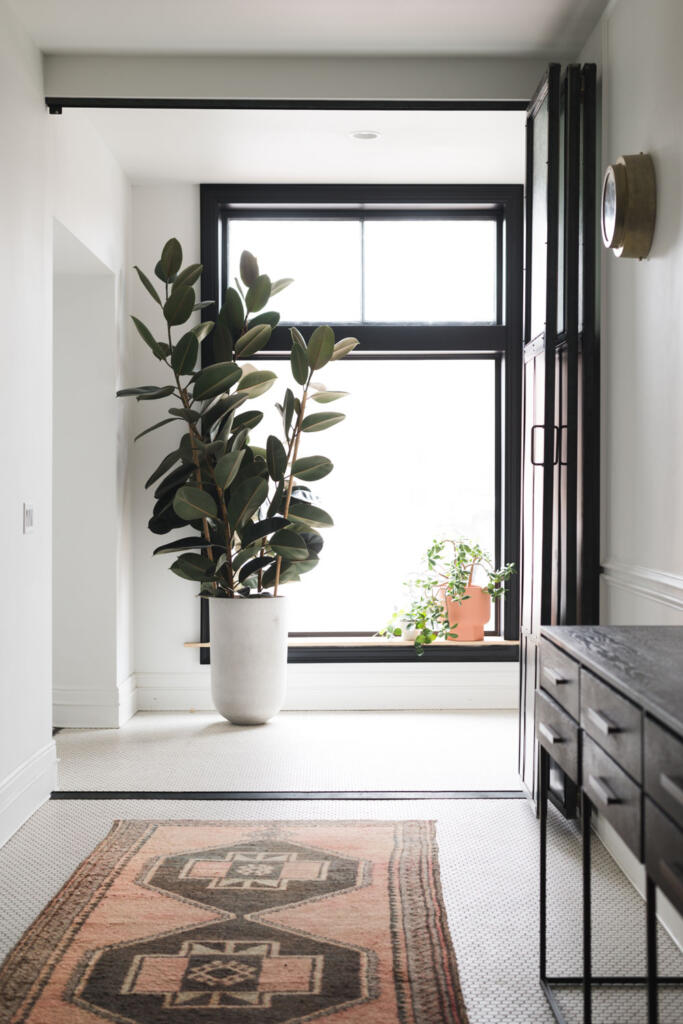
If you’re in search of a tall, sturdy house plant, a rubber tree is perfect. When it’s young, it can fit comfortably on a desk. However, it can reach extraordinary heights. In the rubber tree’s native home of southeast Asia, it can grow up to 100 feet tall, and domestically, it stretches between six and ten feet. It prefers indirect light, so a placement by a sheer curtained window is perfect.
In addition to preparing your existing house plants for fall, we hope you add one of these new fall indoor plants to your collection. No matter which you choose, they’ll help evoke a peaceful atmosphere in your lake home.

